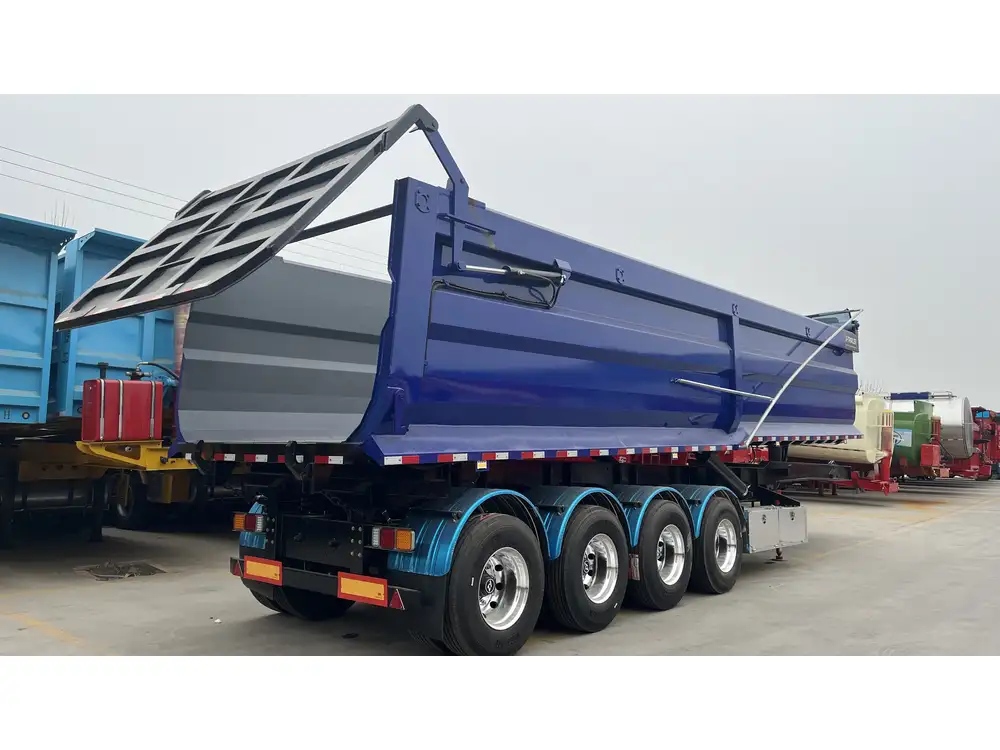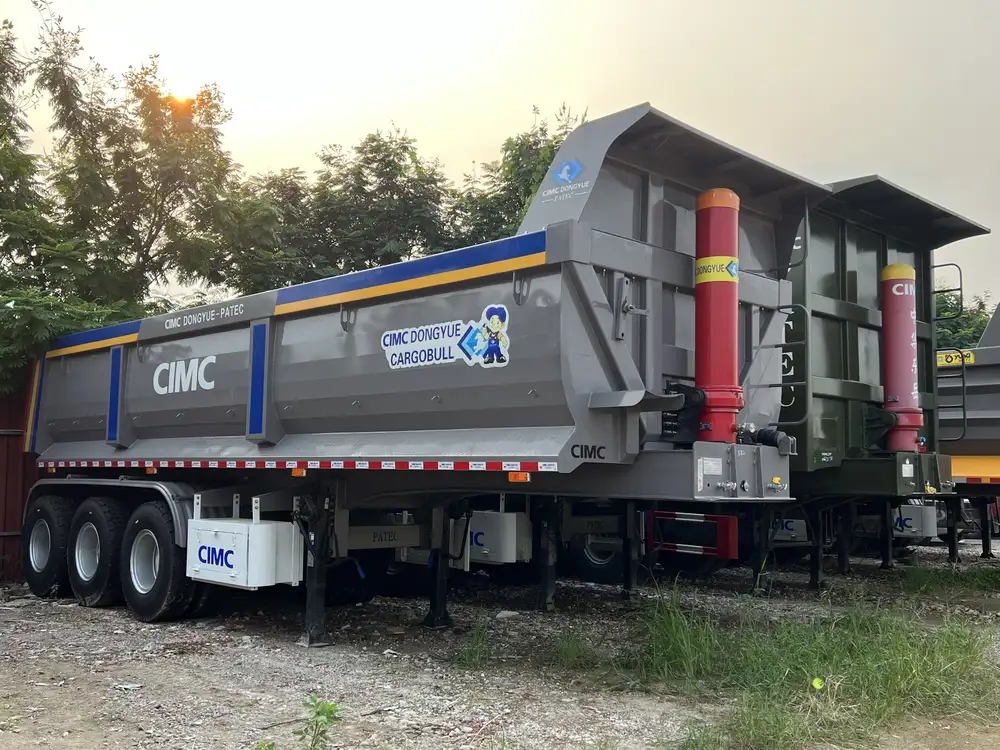Maintaining a trailer’s fresh water tank is not just about sanitation; it’s essential for ensuring your health and maximizing the longevity of the tank itself. This article provides a meticulously detailed overview of cleaning your trailer’s fresh water tank, with a focus on practical step-by-step procedures, methods for routine maintenance, and considerations for water quality.
Understanding the Importance of a Clean Fresh Water Tank
A clean fresh water tank ensures that the water you use in your trailer is free from contaminants that can lead to illnesses or unpleasant tastes. Regular cleaning also helps prevent the buildup of limescale, algae, and bacterial growth, which can significantly compromise the quality of your water and the integrity of your tank.
Why Routine Cleaning is Necessary
- Health Concerns: Contaminated water can harbor harmful bacteria and pathogens.
- Preserving Tank Integrity: Regular maintenance helps prevent hard water deposits and corrosion.
- Improved Water Quality: Clean tanks provide fresh-tasting water free from odors.

Step-by-Step Guide to Cleaning Your Trailer’s Fresh Water Tank
Materials Needed
| Materials | Purpose |
|---|---|
| White vinegars or bleach | Disinfect and clean |
| Bucket | Transfer and hold solutions |
| Hose | Rinse the tank |
| Soft cloth or sponge | Scrub away contaminants |
| Safety gloves | Protect your hands |
Preparation Before Cleaning
Empty the Tank:
- Locate the tank drain valve, usually found at the lowest point of the tank.
- Open the valve and allow all the water to drain out completely.
Inspect the Tank:
- Before proceeding, visually inspect the interior for any visible signs of algae or sediment buildup.

Cleaning Process
Using Vinegar for Cleaning
Mix the Solution:
- Combine one cup of white vinegar with one gallon of water.
- This solution acts as a natural disinfectant.
Fill the Tank:
- Fill the tank with the vinegar solution, making sure it reaches all corners of the tank.
Agitate the Tank:
- Shake or slosh the tank to ensure the solution coats all surfaces.
- Allow it to sit for at least 6-8 hours, or overnight for best results.
Drain and Rinse:
- After the soaking period, drain the tank completely.
- Rinse the tank with clean water multiple times to remove any residual vinegar.
Using Bleach for Deep Cleaning
Bleach Solution Preparation:
- Prepare a bleaching solution with one tablespoon of unscented household bleach per gallon of water, aiming for a total of 5-10 gallons.
Fill the Tank:
- Fill the fresh water tank with this solution.
Circulate the Solution:
- Turn on your water pump to circulate the bleach solution through your plumbing system, allowing it to flow from all faucets until you detect a bleach smell.
Soaking Time:
- Allow the tank and plumbing to soak for 12-24 hours.
Final Drain and Rinse:
- Thoroughly drain the solution, then rinse both the tank and plumbing with clean water several times to remove bleach residues.

Post-Cleaning Maintenance
Flush the System:
- Run your water system until the smell of vinegar or bleach is entirely gone.
Periodic Checks:
- Create a cleaning schedule based on usage; typically, every 2-3 months is recommended.
Preventive Measures for Long-Term Maintenance
Use a Water Filter:
- Installing a water filter can help keep impurities out of your fresh water system.
Regular Water Changes:
- Change the water in your tank regularly, particularly if it’s not used often, to avoid stagnation.
Check for Leaks:
- Regularly inspect plumbing connections and seals to prevent contaminants from entering the system.
Monitor Water Temperature:
- Ensuring cooler temperatures can help inhibit the growth of bacteria and algae.
Troubleshooting Common Issues

Problem: Bad Odor in Water
Solution:
- Ensure thorough cleaning with bleach or vinegar.
- Check for stagnant water; remove old water and refill.
Problem: Cloudy or Discolored Water

Solution:
- Flush the system with clean water.
- Investigate and clean any filters or pipes that may contribute to the issue.
Problem: Algae Growth
Solution:
- Increase sunlight exposure to the tank; algae thrive in darkness.
- Implement a regular cleaning schedule, ensuring proper sanitation.

Frequently Asked Questions (FAQs)
What is the best frequency for cleaning a fresh water tank in a trailer?
Typically, cleaning should occur every 2-3 months, but if the tank is used less frequently, schedule a cleaning before any extended trip.
Can I use any bleach for cleaning?
Only use unscented household bleach. Other types can contain additives affecting water quality.

Is it safe to drink the water after cleaning with bleach or vinegar?
Yes, provided you rinse thoroughly until no residual odors remain. Testing the water afterward is advisable.
Can I use chemical cleaners instead of vinegar or bleach?
Some chemical solutions are available specifically for water tank cleaning; however, they require careful handling and thorough rinsing.
Conclusion
Cleaning your fresh water tank is a vital practice every trailer owner should prioritize. Following the steps outlined in this guide ensures that you maintain clean, safe water, ultimately enhancing your trailer experience. Regular inspections and preventive measures can avert potential issues, allowing you to travel with peace of mind. Enjoy your adventures knowing you’re equipped with the knowledge to keep your water system in optimal condition.



